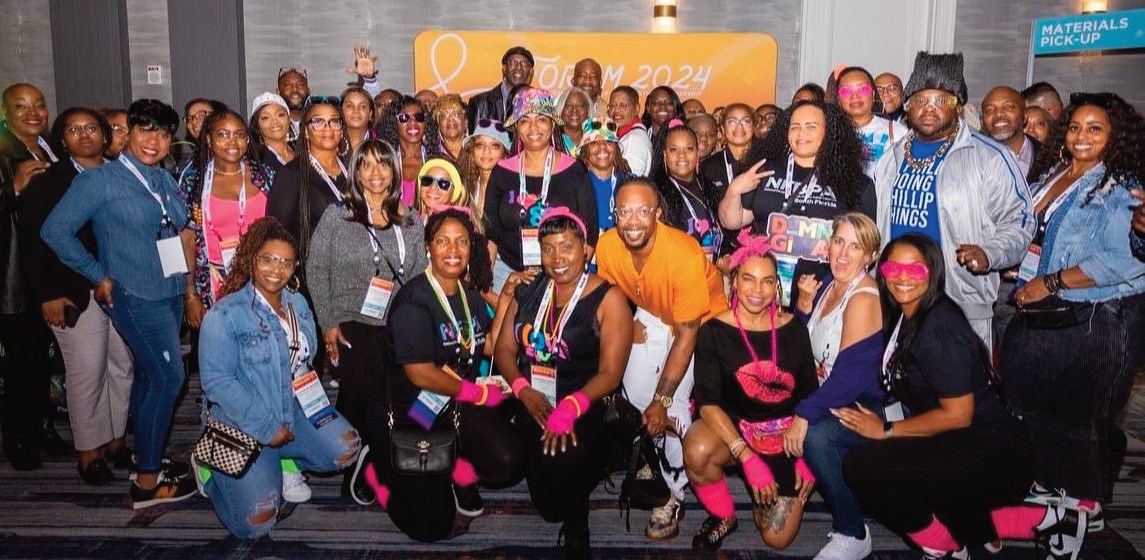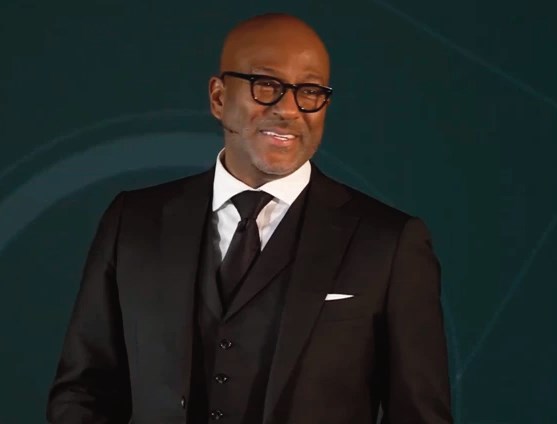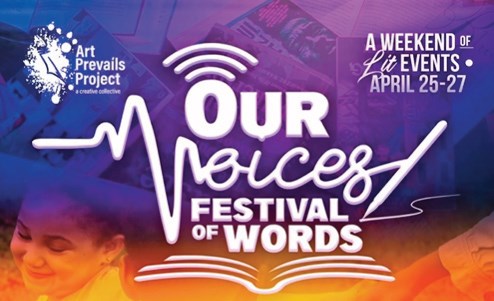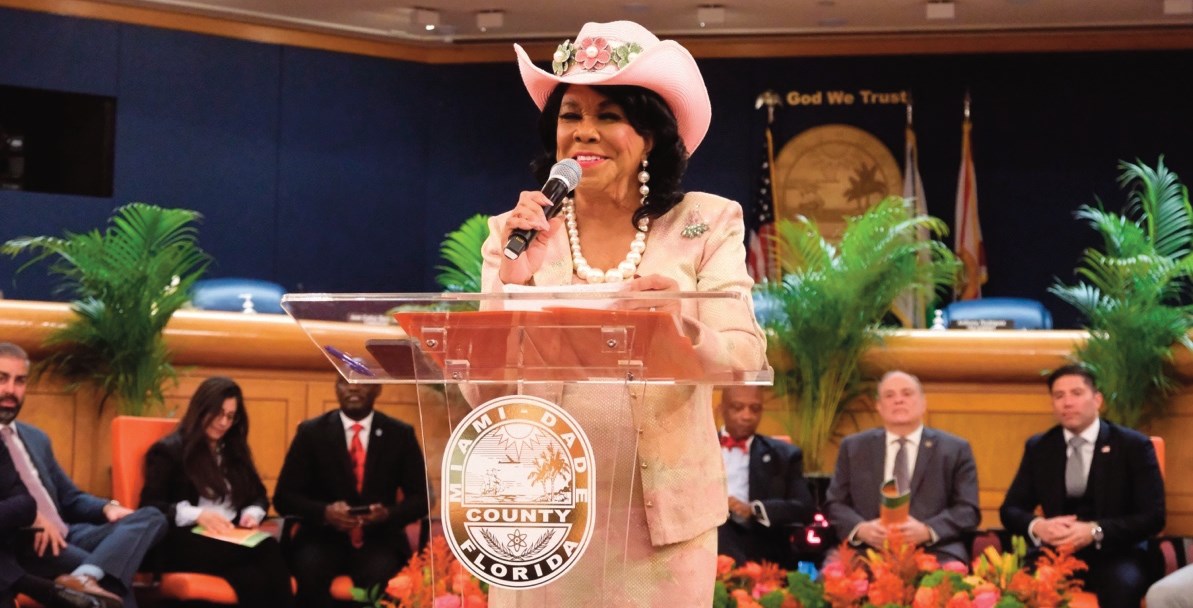 WASHINGTON (AP) — The ranks of the nation's poor have swelled to a record 46.2 million – nearly one in six Americans – as the prolonged pain of the recession leaves millions still struggling and out of work. And the number without health insurance has reached 49.9 million, the most in over two decades.
WASHINGTON (AP) — The ranks of the nation's poor have swelled to a record 46.2 million – nearly one in six Americans – as the prolonged pain of the recession leaves millions still struggling and out of work. And the number without health insurance has reached 49.9 million, the most in over two decades.
The figures are in a recently released Census Bureau report that offers a somber snapshot of the economic well-being of U.S. households for last year when joblessness hovered above 9 percent for a second year. The rate is still 9.1 percent at the start of an election year that's sure to focus on the economy and President Barack Obama's stewardship of it.
The overall poverty rate climbed to 15.1 percent, from 14.3 percent the previous year, and the rate from 2007-2010 rose faster than for any similar period since the early 1980s when a crippling energy crisis amid government cutbacks contributed to inflation, spiraling interest rates and unemployment. For last year, the official poverty level was an annual income of $22,314 for a family of four.
Measured by total numbers, the 46 million now living in poverty are the most on record dating back to when the census began to track in 1959. The 15.1 percent tied the level of 1993 and was the highest since 1983.
Broken down by state, Mississippi had the highest share of poor people, at 22.7 percent, according to calculations by the Census Bureau. It was followed by Louisiana, the District of Columbia, Georgia, New Mexico and Arizona. On the other end of the scale, New Hampshire had the lowest share, at 6.6 percent.
The share of Americans without health coverage rose from 16.1 percent to 16.3 percent – or 49.9 million people – according to Census Bureau revisions. The increase was due mostly to continued losses of employer-provided health insurance in the weakened economy.
Congress passed a health overhaul last year to address rising numbers of the uninsured. While the main provisions don't take effect until 2014, one aspect taking effect in late 2010 allowed young adults to be covered under their parents' health insurance until age 26.
The uninsured rate for adults 18 to 24 actually declined last year, from 29.3 percent to 27.2 percent.
Other measures pointed to a longer-term widening of income inequality but with little change in 2010.
The Census Bureau has also noted the impact of government safety-net programs on the poor. It estimated that new unemployment benefits passed in 2009 – which gave workers up to 99 weeks of payments after layoffs and didn't run out for most people until this year – lifted 3.2 million above the poverty line. Social Security kept about 20.3 million – seniors as well as working-age adults receiving disability payments – out of poverty.
At the same time, the working-age population – those aged 18 to 64 – showed some of the biggest hits in poverty, rising from 12.9 percent to 13.7 percent. Working-age Americans now represent nearly three out of every five poor people and are at the highest level since the 1960s when the war on poverty was launched.
Young adults, in particular, struggled. Median income for those aged 15-24 fell nine percent to $28,322. For those 25-34, nearly six million “doubled up” in households with parents and friends to save money, up 25 percent from before the recession. For that group, the poverty rate was at 8.4 percent; but the rate would have risen to 45.3 percent if their parents' incomes weren't taken into account.
Last year saw a third year of increases in Americans without health insurance, lifting the total number to the highest since the government began tracking the figures in 1987. The number of people covered by employment-based health plans declined from 170.8 million to 169.3 million, although those losses were partially offset by gains in government health insurance such as Medicaid and Medicare.
Other census findings:
• Poverty rose among all racial and ethnic groups except Asians. The number of Hispanics in poverty increased from 25.3 percent to 26.6 percent. For blacks, it rose from 25.8 percent to 27.4 percent and for Asians it was flat at 12.1 percent. The number of whites in poverty rose from 9.4 percent to 9.9 percent.
• Child poverty rose from 20.7 percent to 22 percent.
• Poverty among people 65 and older was statistically unchanged at nine percent, after hitting a record low of 8.9 percent in 2009.
Photo: Stock Photo












No Comment